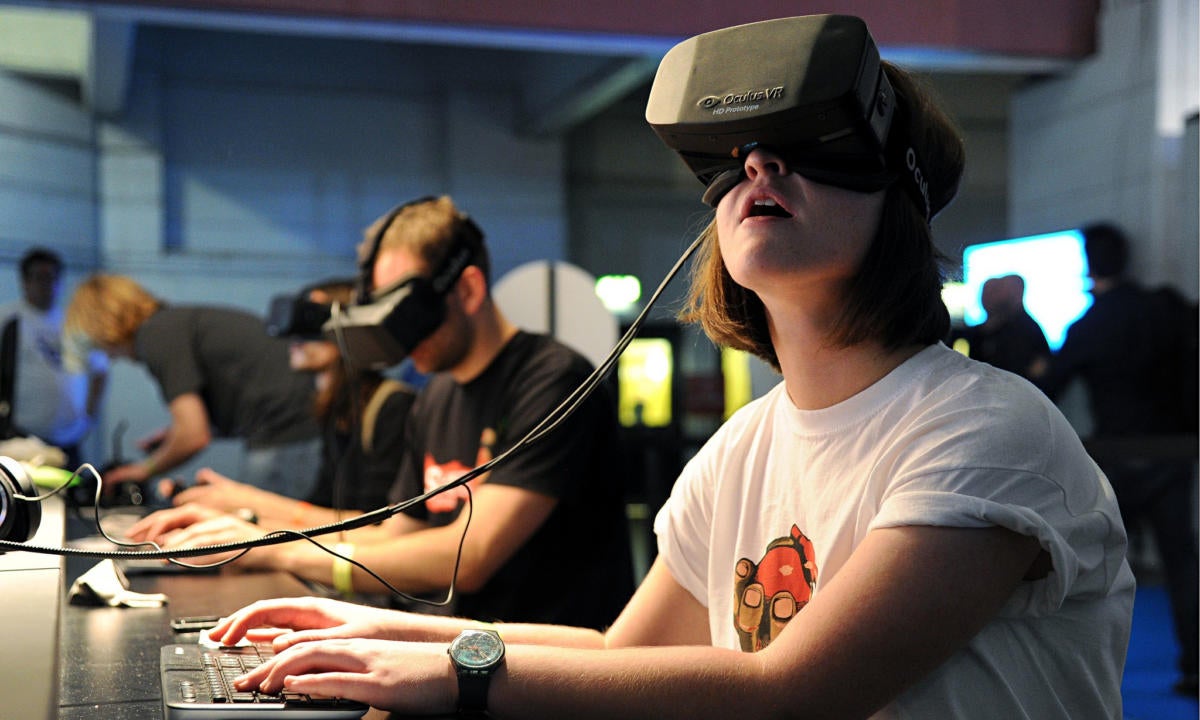While virtual reality enthusiasts were in session at the Facebook-owned Oculus'sConnect 2developer conference, Facebook chief product officer Chris Coxannouncedthat Facebook's newsfeed will now support 360-degree video. The announcement predicts the 360-degree cameras like the360Heroand virtual reality (VR) headsets such as theOculus Riftwill soon transition from curiosities to legitimate product categories.
This move should come as no surprise to industry insiders. Years from now, the mainstream acceptance of 360 video that occurred this year will be remembered alongside such important events as the invention of the movie camera at the turn of the century, Leni Riefenstahl's use of camera angles in the 1930s, and Lucas's founding of Industrial Light and Magic in 1975.
Recording and replaying 360 video is a prerequisite to commercial and consumer adoption of VR because content will drive adoption. A share of the VR content will be immersive video entertainment and games, and another share will be educational; it's impossible to measure the potential for the categories of VR content that will be created. But 360-degree video on Facebook and YouTube, whichannounced support in March,will stimulate the imagination and accelerate development.
These 360-degree videos are intended for watching on a smartphone. Instead of focusing the viewer's attention straight ahead, the viewer can move his or her smartphone to any point within the 360-degree sphere that encapsulates them to see the scene from another perspective.
You really have to use the technology to understand it. Although the experience is likely more immersive on a mobile device, which responds to the user's movements of the phone to explore the content, this YouTube video is a good example. Just click the arrows on the tool that appears in the top-right corner of the screen to explore this 360 video taken while skydivers jump out of a hot air balloon.
Another good example of the potential for high-quality 360-degree video is Help, the five-minute movie that Fast and Furious director Justin Lin shot with a special camera created by Google’s ATAP team. The movie is available on the Google Spotlight Stories app, which is available for bothiOSandAndroid smartphones.
Cox cited a few examples of the content partnerships this technology opened up: shark diving with the Discovery Channel, on the set of the 40th anniversary of SNL, and Vice's on-the-ground reporting in Afghanistan. Cox rightfully called it an “an open-ended format” that lets people create not only time series video in front of the viewer, but also in every direction. Imagine watching a replay of a critical sports event from every possible angle.
As VR becomes more widely available, this 360-degree content will be adapted for headsets by re-rendering the video for stereoscopic virtual reality. The important contribution of 360-degree video at this juncture is introducing the technology to viewers and providing video content creators the opportunity to learn this new medium.






